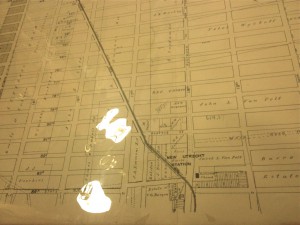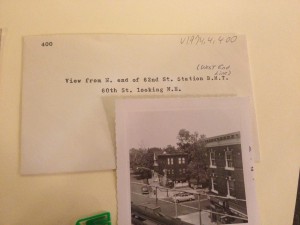In class on Wednesday, 3/13, we tagged the stories we read with words and terms that might help us think more about overlaps we could find among the stories. Here’s what we had to say:
Charlotte Perkins Gilman, “The Cottagette”
equality, domestication, gender roles, romance, happy endings? domesticity, gender roles, feminism, role of gender, roles, Chinese take-out, doesn’t have to stay in the kitchen, conformity, utopia, happy ending (?), domesticity
Franz Kafka, “The Metamorphosis”
grotesque, nightmare-fuel, entombed, unconditional vs conditional love, physical/ emotional change, gross, unordinary, euthanasia, transform, change, acceptance, metamorphosis, plot, bug, insect, ill, family, finance, metaphor, discrimination, transforming, family, creation, absurd, deformity, family, vermin, family values, family reliability, different living world, responsibility, disability, repugnant, unexplained,”The Fly”
Charlotte Perkins Gilman, “The Yellow Wall-Paper”
sickness, mental, psychological, hallucination, creepy, craziness, mental illness, loss of freedom, mental breakdown, illness, ignorance, brainwashing, confining marriage, gender role in society, you’d think yellow was a happy color, feminism, psychoanalysis, physicians, marriage, freedom, “rest cure” doesn’t work, caring vs hurting, consequences of bad marriage, gothic, dystopia
Kate Chopin, “The Story of an Hour”
what is true love?, elixir, freedom, blind persistence, freedom–not!, shame she didn’t live, freedom, marriage, illness, love, free, freedom, dark, 3rd person limited, love–who needs it? heart trouble, physical exhaustion, “freedom,” life, heart attack, lack of freedom, desire of freedom, unhappy marriage
Susan Glaspell, “A Jury of Her Peers”
woman-centric, women’s intuition, poor Mr. Wright, two wives, crazies, detective story, mystery, crime, judgmental, neighbors, women know women, confining marriage, importance of details
Nathaniel Hawthorne, “Young Goodman Brown”
Faith, damnation, symbols, allegory, distrust, forest, pink ribbons, forest, journey, evil, corruption, hallucinations vs. supernatural, hidden identities, reasons the Puritans aren’t really around anymore, demonic, godless, confusing, dream or not, young love, mystery, moral, ancient, faith, dreams, metaphors, Old English [**just have to say–this is NOT Old English. If you want to see what Old English looks like, or Middle English, or Early Modern English, in contrast to Modern English, you might check out this website, among many, many others. Thanks for listening!**]
William Faulkner, “A Rose for Emily”
crazy, haunting, death, forever and ever, pity, caring vs. hurting, loneliness, dilapidated, lonely life, Southern Gothic, loving dead, possessive, loneliness, china painting, iron-grey hair, mystery, crime, horror, past/future, 3rd person dramatic [***just to be clear, though, this story is told from a first-person plural point of view. The narrator is the people of the town. We could call this homodiegetic narration***], taxes, grotesque
Thomas Wolfe, “Only the Dead Know Brooklyn”
humor, Brooklyn, history, New York City, the map, Bensonhoist, big guy knows how to swim, transportation, directions, past, getting to know places, locations, settings, train, Brooklyn, vast, big, tour, Brooklyn, accent, NY, 1st person unreliable, enormous, unknowable, knowledge of Brooklyn, historical, accents/diction, maps, Brooklyn, Bensonhoist, Brooklyn history, culture, setting, ingenuity, visual descriptions, Bensonhurst, Red Hook, Coney Island





